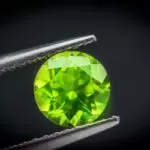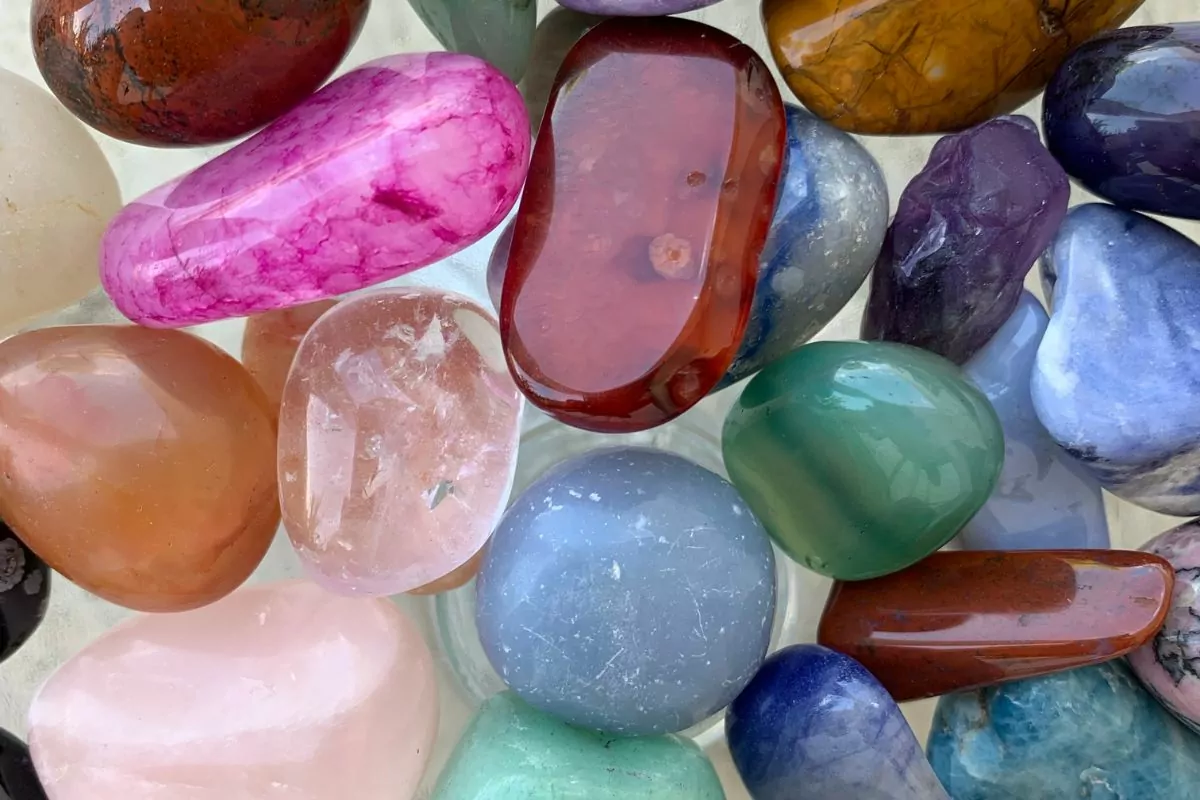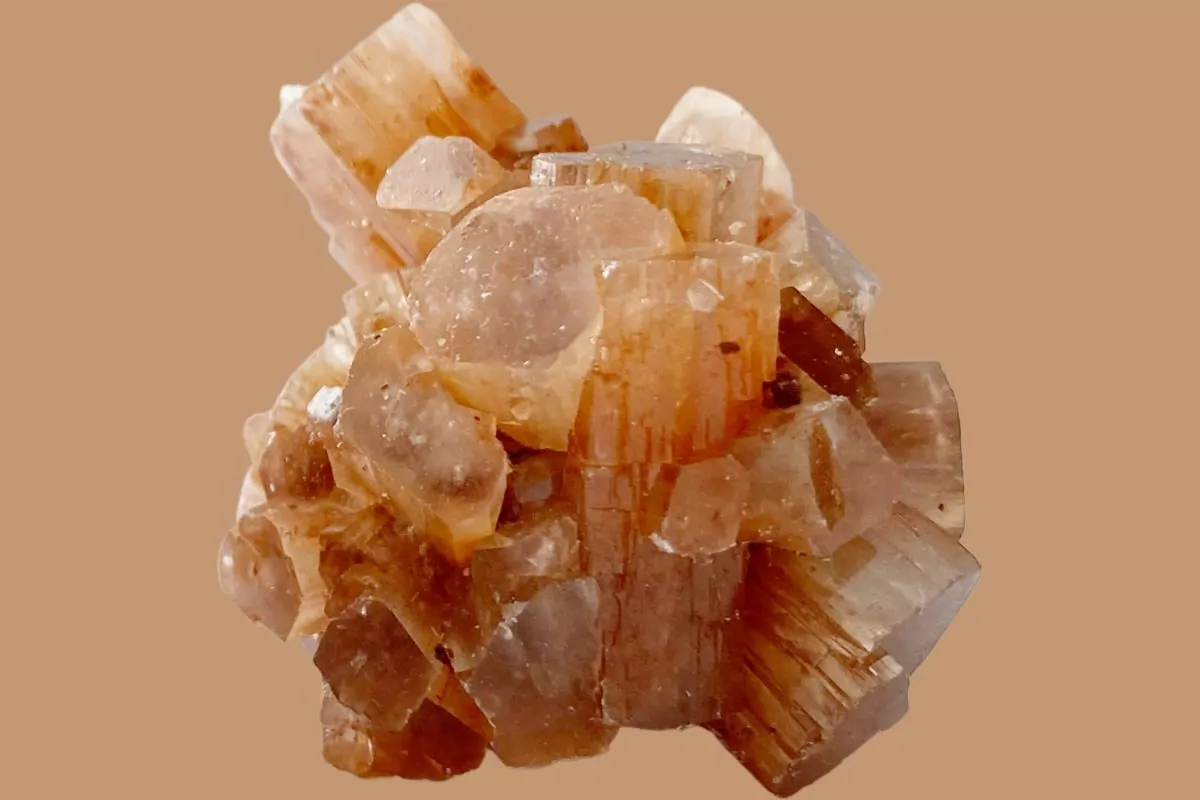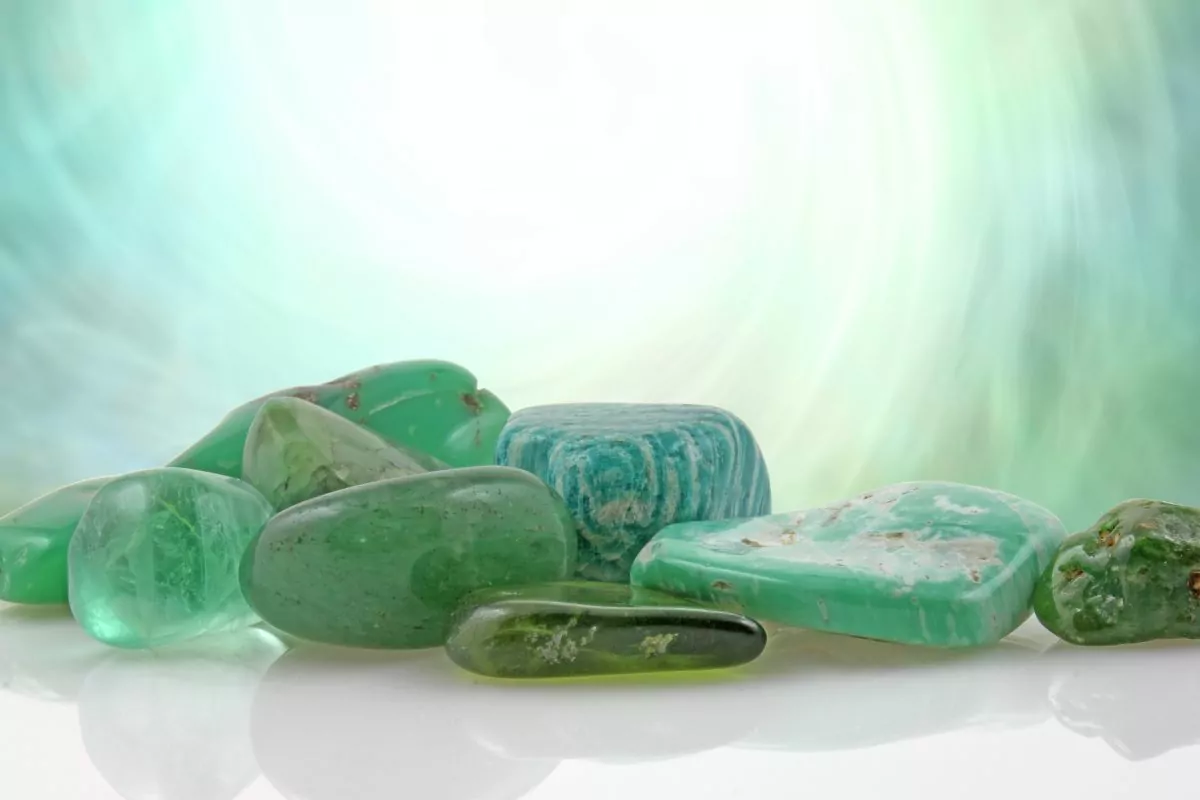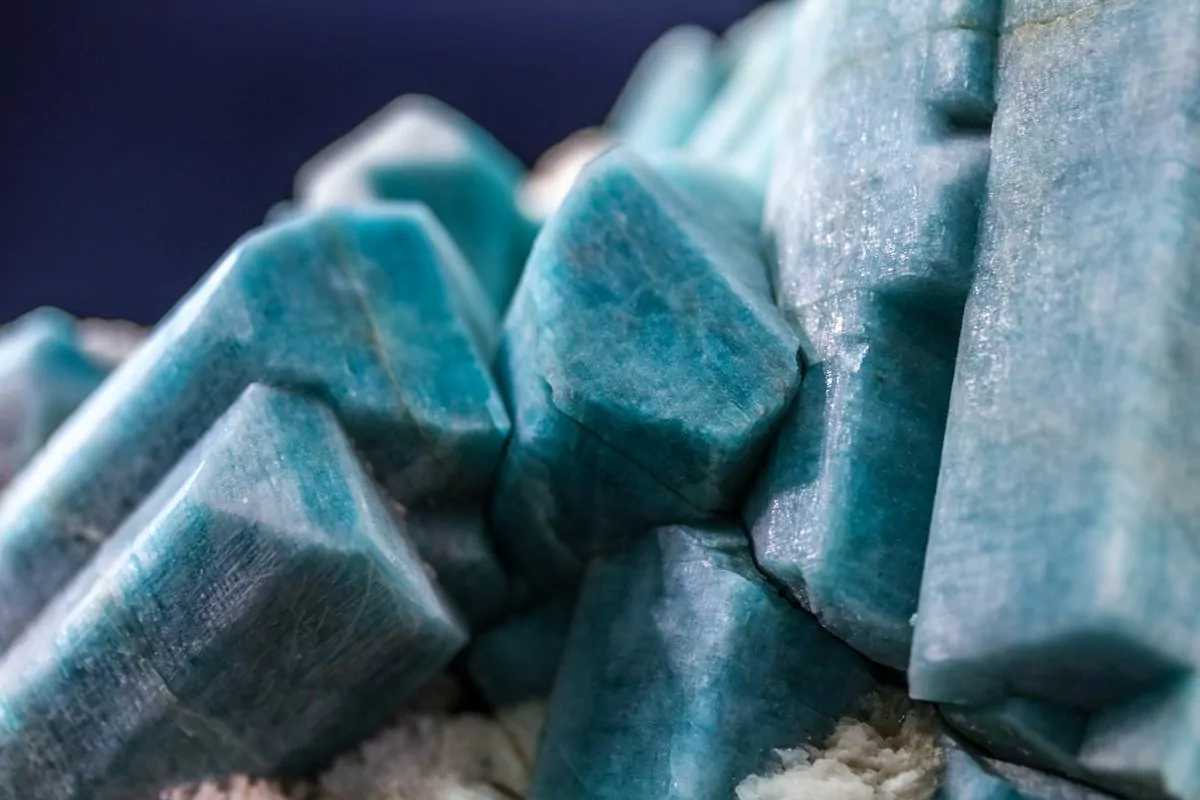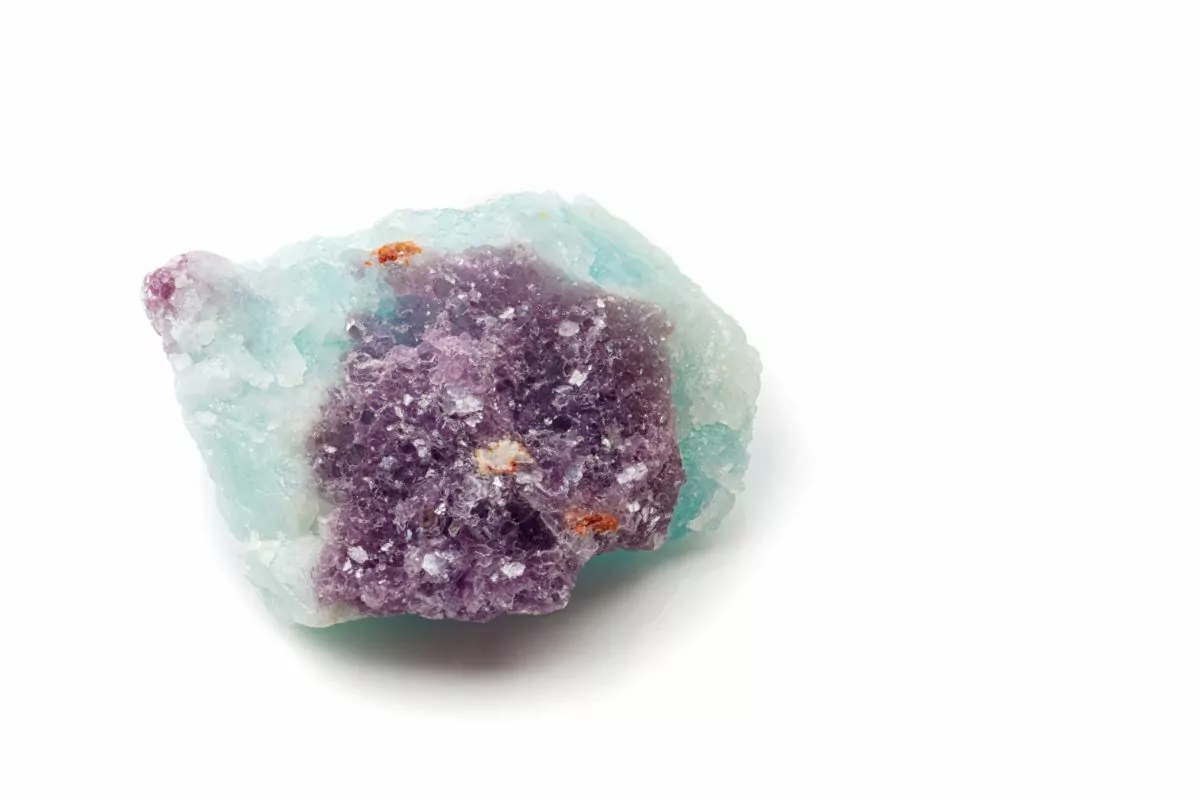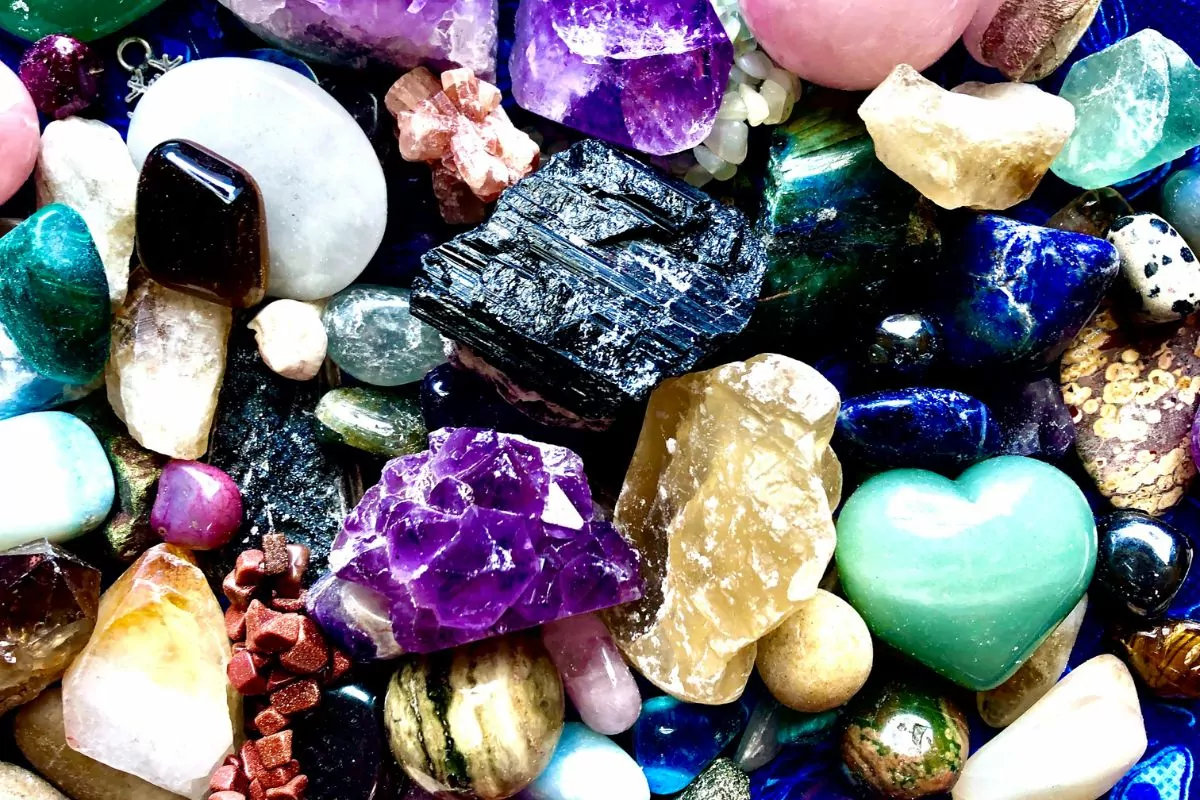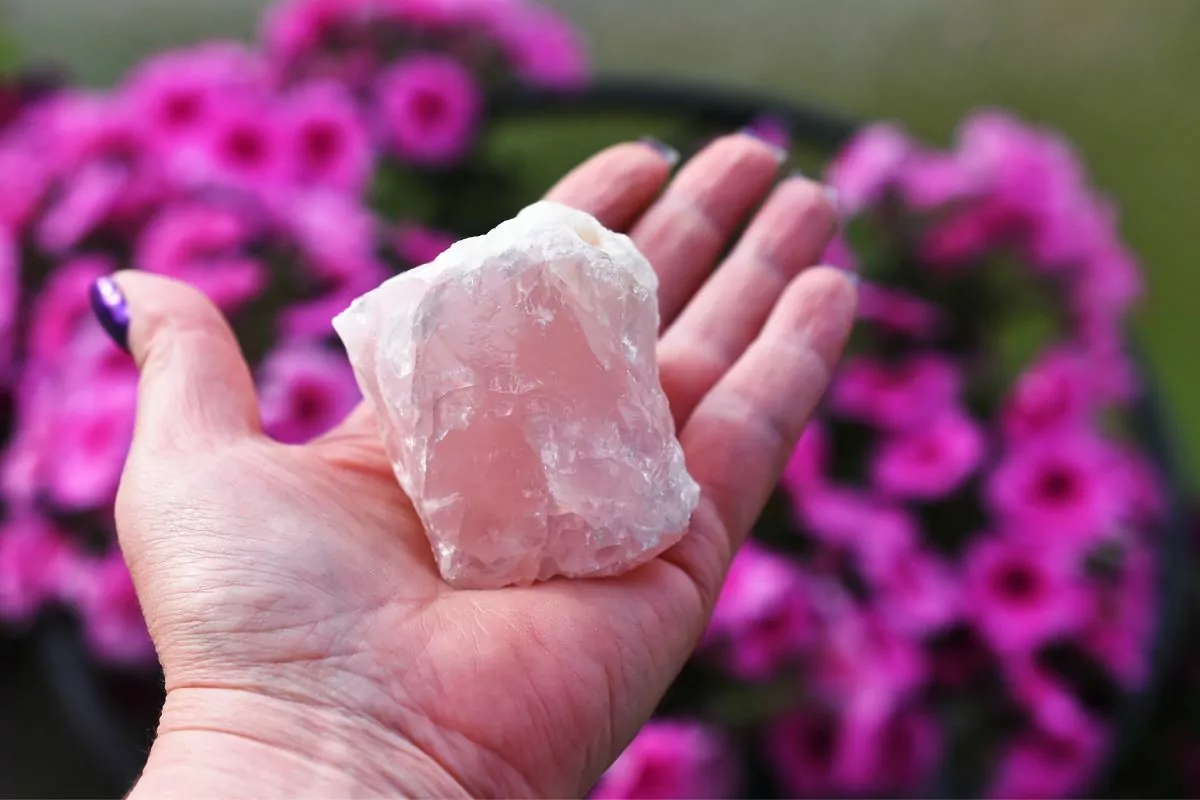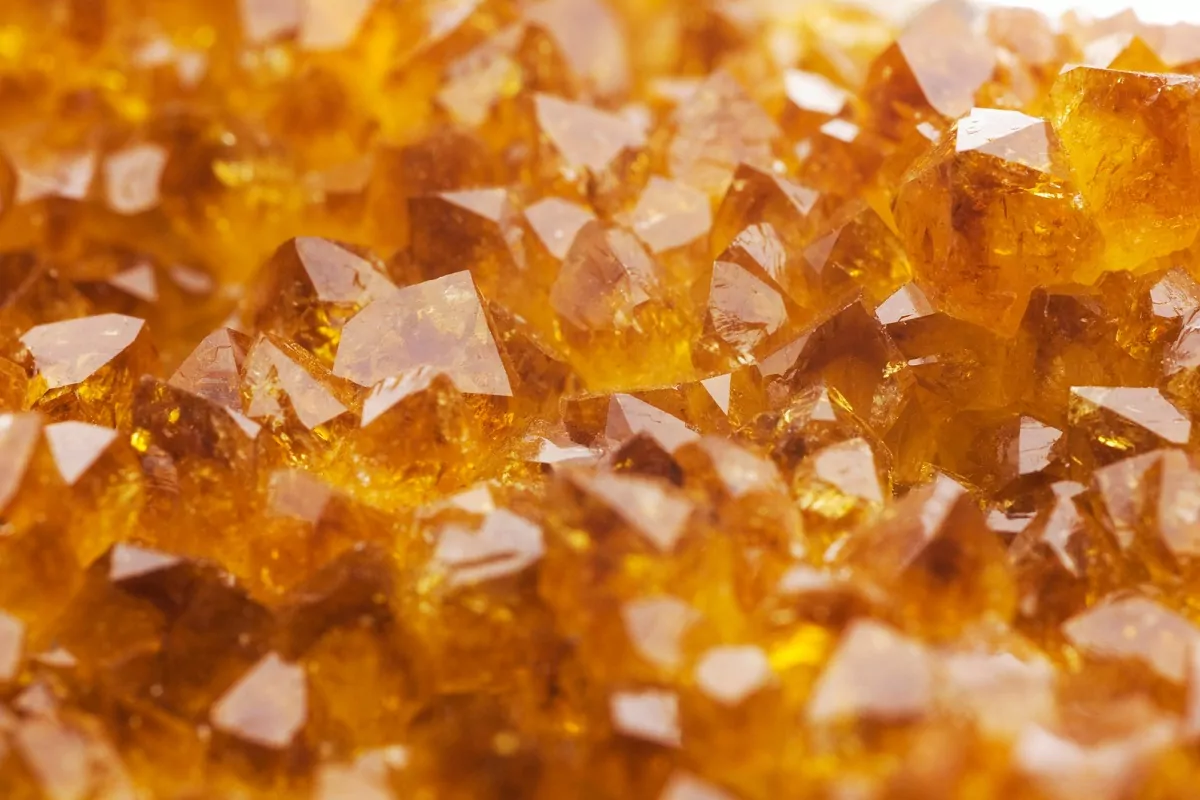Peridot is an extremely hard mineral that can be used to make jewelry, and it has been used for centuries by native Australians.
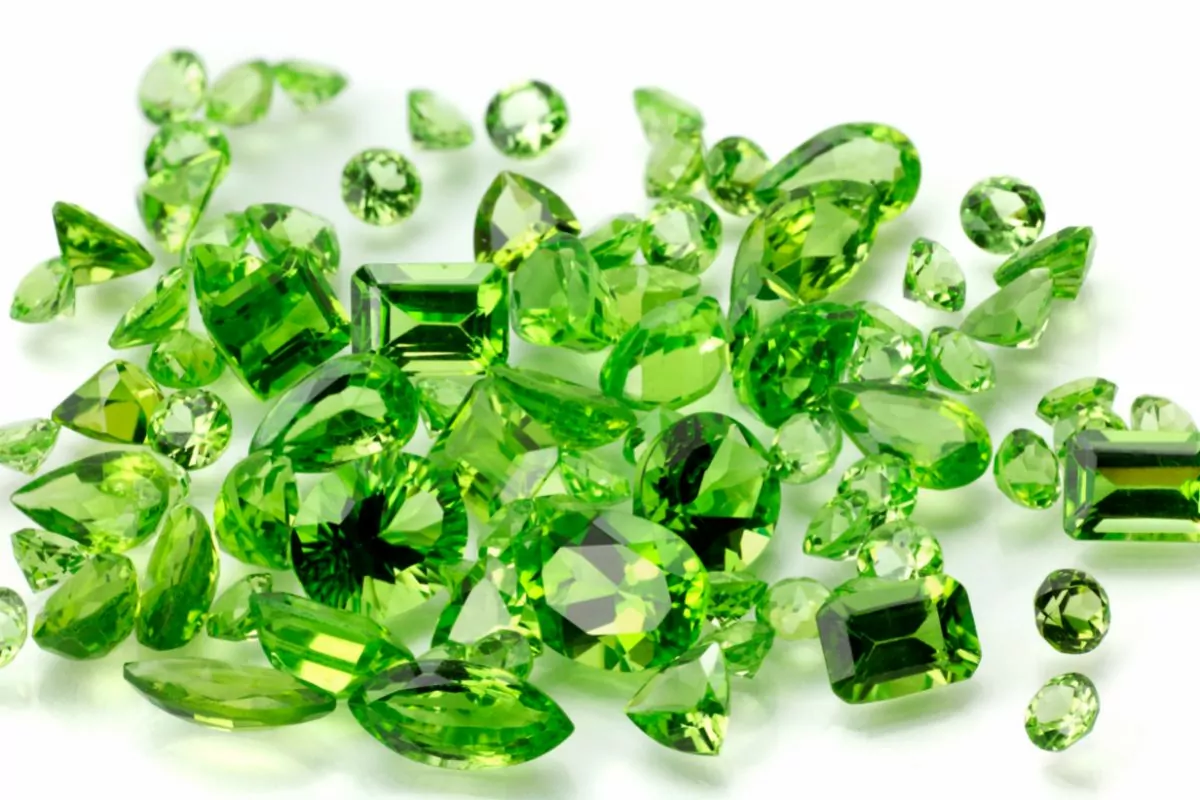
Peridots have many different colors, including green, blue, orange, pink, brown, black, red, white, yellow, and even purple.
There are two types of peridot: natural and synthetic. Natural peridot is mined from the Earth, while synthetic peridot is made in laboratories.
The color of peridot depends on how much iron is present in the mineral. If more iron is present than manganese, then the stone will appear green. If less iron is present than manganese, then the stone appears blue.
If more iron is available than manganese, but not enough to produce a green or blue appearance, then the stone will turn orange. If no iron is present at all, then the stone turns pink.
How Is Peridot Pronounced Correctly?
Peridot is one of the most common gemstones in the world. But many people don’t know how to properly pronounce it. We’ve got the answer.
There are a few ways to pronounce peridot, so we’ll go through them all to find the one for you! Some dictionaries use “Pear-a-dot” and some use “Pear-a-doe” first. It depends on which dictionary you’ve got. Usually, in the English dictionary, “Per-i-dot” is used.
Most jewelry and gem tradesmen actually use “Pear-a-doe” because they see the “dot” part as incorrect, despite the spelling of the gem’s name.
What Exactly Is The Origin Of Peridot?
Peridot is a variant form of the mineral olivite. Olivine occurs naturally in many places around the world. In some cases, it forms crystals that are very large and heavy. These crystals are known as staurolites.
In 1801, while digging near Lake Superior in Canada, British geologist William Smith found a massive crystal weighing over 3 pounds. He named it “peridot,” because he thought it resembled the eyes of the Greek goddess Persephone.
The name “olivine” came later. In 1808, English chemist John Newlands discovered that the mineral could be cut into thin slices and polished to make gems.
Where Does It Come From?
Peridot is a variety of olivine, an iron-magnesium silicate mineral that forms in igneous rocks. It is commonly found in granitic pegmatites and batholiths, where it usually occurs in association with garnet, pyroxene, amphibole, and biotite.
Olivine is named for the green coloration it exhibits, which varies from light to dark depending on the amount of iron present.
The name peridot derives from the Greek words peirasthai (“to shine”) and diamantos (“a gem”). In Roman times, peridot was used as an imitation emerald; however, because of the high price of real emeralds, most people believed that the stone was worthless.
In the Middle Ages, peridot was highly valued among the Arabs, who called it “faridat,” meaning “the gem.” This became the source of the English word “peridot.”
How Is It Used Today?
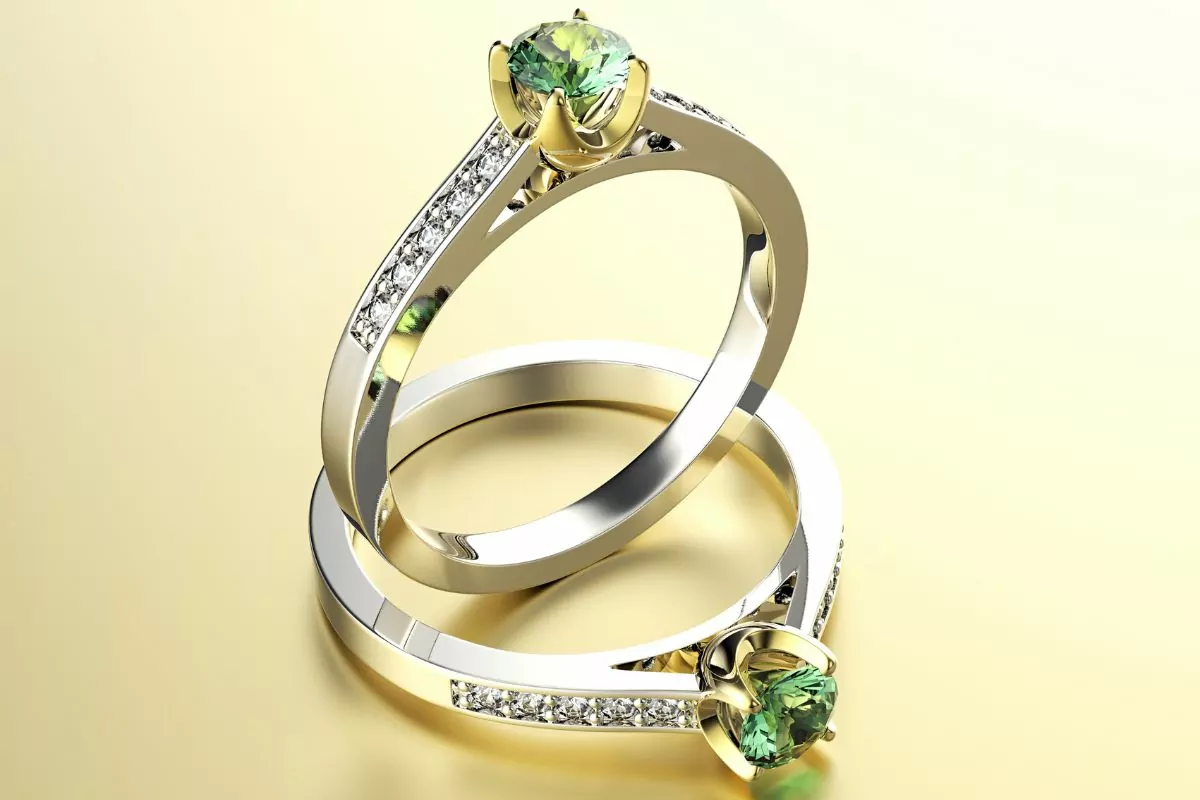
Peridot is perhaps best known as one of the birthstones for the month of August, but it is also a stone of protection. In ancient times, people believed that wearing peridot could protect you from evil spirits.
Today, there are many different ways to use peridot in jewelry making. You can make earrings, necklaces, rings, bracelets, pins, brooches, and even hair accessories.
You can find beautiful peridots in many colors including white, black, yellow, orange, red, pink, blue, green, brown, purple, grey, and even some metallic shades like gold, silver, copper, and bronze.
There are also some interesting shapes such as cubic, elongated, ovoid, and rectangular. Some of the most popular forms include cabochons, beads, drops, nuggets, and rounds.
The most common way to wear peridot is as a necklace. However, you can also wear it as a bracelet, ring, pin, brooch, earring, or hair accessory.
What Is The Folklore Behind Peridot?
In Egypt, peridot was considered a gift from the god Ra. Priests believed it held the power to control nature, and they used goblets filled with peridots to talk with the gods. They believed it absorbed the sun’s energy and radiated it out at night.
The Romans believed that the green gem actually glowed in the night. They called it an “evening gem,” because they thought it was the light of the setting sun.
The origin of the gemstone peridot is uncertain. Many believe it derives from the Arabic faradah, meaning “gift,” or from the Greek peridonon, meaning “give in abundance.”
Peridot is sometimes referred to as the “gem of the sun” because ancient Egyptians believed it protected people against the terrors of the dark.
They used it to decorate jewelry and clothing. In addition, some thought it had healing powers; they believed it could protect against illness and bring good luck.
How Is It Used In Jewelry?
Peridot is one of the most popular gemstones used in jewelry today. This stone is often found in necklaces, pendants, rings, earrings, and bracelets. The color ranges from white to yellowish brown.
Peridot is a member of the garnet family. Garnet is composed of aluminum oxide and silica. Peridot is softer than most gemstones and is generally considered safe for everyday wear.
With a hardness rating of 6.5–7.0, peridot is softer than many gemstones, and those wearing it daily must take care to protect the gemstone. If you accidentally damage the gemstone, do not attempt to repair it yourself; contact a jeweler immediately.
Cleaning peridot requires special tools and techniques. Use a soft-bristled brush with a mixture of gentle dish soap and warm water to gently scrub the surface. Rinse thoroughly and dry completely. Do not use abrasive cleaners or polishes.
Final Thoughts
Peridot’s popularity has grown over time. Today, it is one of the most sought-after stones on earth. It is a beautiful gemstone that adds elegance and beauty to any piece of jewelry.
- 15 Crystals That Cannot Be Exposed To The Sun - January 7, 2024
- Malachite Vs Fuchsite – Benefits And Uses - January 7, 2024
- Malachite Vs. Green Jasper: Benefits And Uses - January 7, 2024

